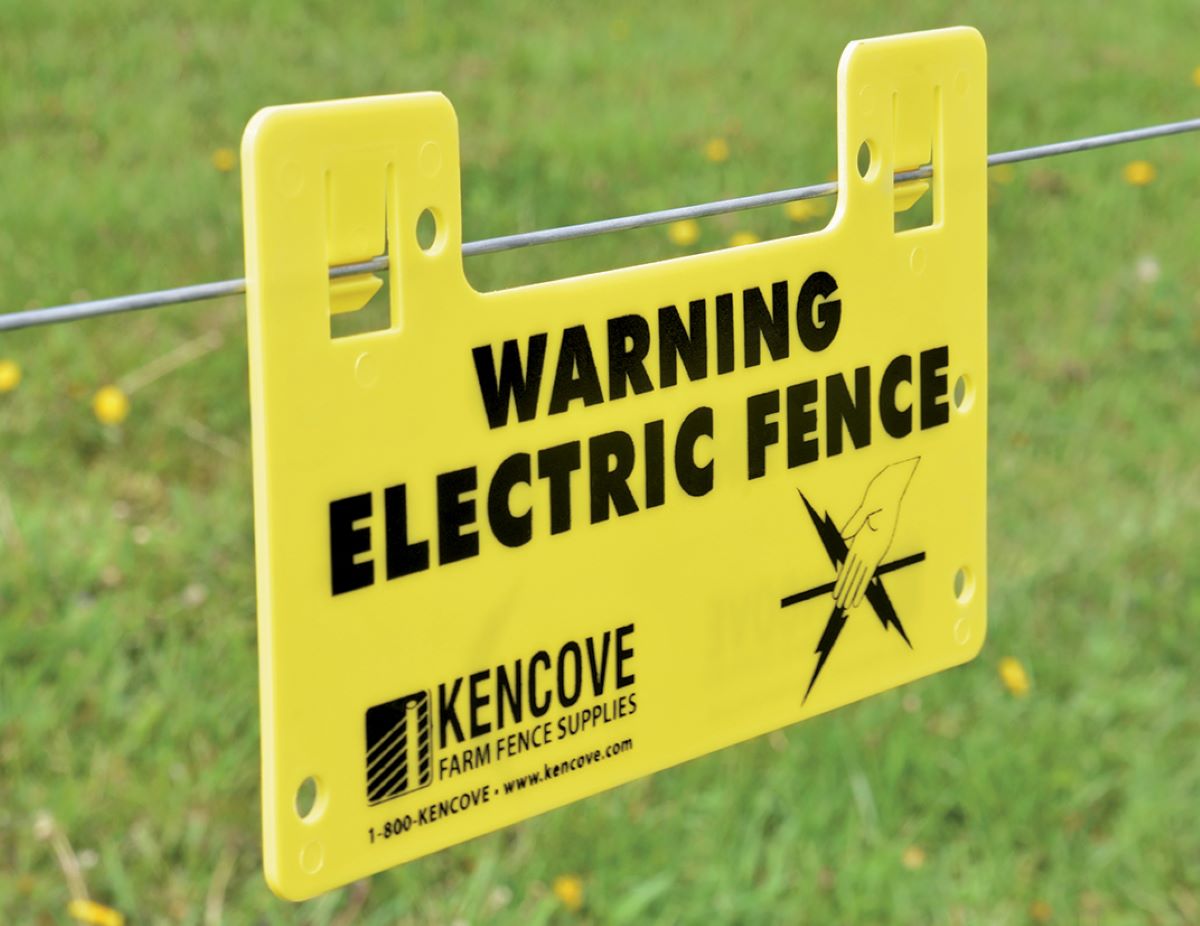

Articles
How Many Volts Is An Electric Fence
Modified: December 7, 2023
Discover how many volts are typically used in electric fences in this informative article. Learn about the importance of electric fence voltage for effective animal containment.
(Many of the links in this article redirect to a specific reviewed product. Your purchase of these products through affiliate links helps to generate commission for Storables.com, at no extra cost. Learn more)
Introduction
An electric fence is a commonly used method for containing animals and protecting livestock and crops. It works by delivering a safe yet memorable shock to keep animals within the specified boundaries. Understanding the basics of an electric fence, particularly the voltage it operates at, is crucial for its successful implementation and effectiveness.
In this article, we will delve into the world of electric fences, exploring the importance of voltage, the factors that affect it, and the typical voltage range for these systems. We will also discuss the different types of electric fence energizers and highlight some safety considerations when dealing with electric fences.
Whether you are a farmer looking to secure your livestock or a homeowner trying to keep unwanted pests out of your garden, this article will provide you with valuable insights into electric fences and their voltage requirements.
Key Takeaways:
- Electric fences operate within a voltage range of 2,000 to 10,000 volts, crucial for deterring animals and ensuring containment. Factors like power source, distance, and wire quality affect voltage delivery.
- Safety is paramount when working with electric fences. Proper installation, regular maintenance, clear signage, and protective gear are essential for a safe and effective electric fence system.
Read more: How Many Ground Rods For Electric Fence
Understanding Electric Fences
Electric fences consist of a series of wires or strands that are electrified to create a barrier. When an animal or person comes into contact with the electrified wires, they complete the electrical circuit, resulting in a shock. The shock is uncomfortable but safe, serving as a deterrent rather than causing harm.
Electric fences are commonly used for a variety of purposes, including containing livestock, protecting gardens and crops, and deterring wild animals. They offer numerous advantages over traditional fences, such as cost-effectiveness, ease of installation, and flexibility in terms of design and configuration.
The effectiveness of an electric fence depends on several factors, with voltage being a crucial element. Voltage refers to the electrical potential difference between the wires or strands of the fence. The higher the voltage, the more potent the shock delivered.
While the primary purpose of an electric fence is to prevent animals from crossing the boundary, it is essential to note that electric fences are not meant to harm or injure animals. They are designed to provide a psychological barrier, conditioning animals to associate the fence with an unpleasant experience, thereby teaching them to avoid it.
Now that we have covered the basics of electric fences, let’s dive deeper into the role of voltage in these systems and its significance for their effectiveness.
Voltage and Electric Fences
Voltage plays a crucial role in the operation and effectiveness of electric fences. It is the measure of the electrical potential difference between the wires or strands of the fence. In simple terms, voltage determines the strength of the shock delivered when an animal or person comes into contact with the electrified wires.
The higher the voltage, the more powerful the shock, which can be an important factor in deterring animals or intruders. However, it is important to strike a balance when it comes to voltage, as excessively high voltages can pose safety risks and may be considered inhumane.
The goal of an electric fence is not to cause harm but to provide a memorable and aversive experience that discourages animals from attempting to cross the fence. Therefore, it is crucial to select an appropriate voltage that is sufficient to be effective but not excessive.
Most electric fences operate at voltages ranging from 2,000 to 10,000 volts. The actual voltage required depends on various factors, including the type of animals being contained or deterred, the level of security needed, and the desired effectiveness of the fence.
It is important to note that even though the voltage of an electric fence is relatively high, the current is low. This means that while the shock may be uncomfortable, it is not typically dangerous or life-threatening. The low-current shock is designed to be a deterrent rather than causing harm.
In the next section, we will explore the factors that affect the voltage of an electric fence, as well as the typical voltage range to consider for different applications.
Factors Affecting the Voltage of an Electric Fence
Several factors come into play when determining the voltage of an electric fence. Understanding these factors is essential for ensuring that your fence operates effectively and provides the desired level of deterrence. Let’s explore the key factors that influence the voltage of an electric fence:
- Power Source: The power source directly impacts the voltage output of the electric fence. Most electric fences are powered by energizers, which can be battery-powered, solar-powered, or connected to an electrical outlet. The type and size of the energizer will determine the voltage it can deliver.
- Distance: The distance between the energizer and the farthest point along the fence line affects the voltage. As the distance increases, the voltage can drop due to resistance in the wires. To compensate for this, larger energizers or additional grounding may be required to maintain adequate voltage throughout the fence.
- Wire Quality: The quality and condition of the wire used in the electric fence can impact voltage. High-quality wires with minimal resistance will allow for better voltage delivery compared to damaged or subpar wires.
- Vegetation and Ground Conditions: Vegetation touching the fence or touching the ground can act as a conductor, reducing voltage. It is important to keep the fence line clear of any vegetation that may cause voltage losses. Additionally, dry or frozen ground can increase resistance and reduce voltage, so proper grounding is crucial.
- Faults and Shorts: Any faults or shorts in the fence line, such as vegetation or debris touching the wires, can cause voltage drops or shorts. Regular maintenance and inspection of the fence line are necessary to identify and address any issues that may affect voltage delivery.
By considering these factors and ensuring proper installation and maintenance of the electric fence, you can optimize the voltage delivery and improve the effectiveness of your fence in containing animals or deterring intruders.
In the next section, we will explore the typical voltage range for electric fences and the importance of voltage in ensuring their functionality.
Typical Voltage Range for Electric Fences
Electric fences operate within a typical voltage range that ensures their functionality and effectiveness. While individual requirements may vary depending on factors such as the type of animals being contained or deterred and the level of security needed, it is helpful to understand the general voltage range for electric fences.
Most electric fences have a voltage output ranging from 2,000 to 10,000 volts. However, it is important to note that the voltage alone does not determine the effectiveness of a fence. The insulation and conductivity of the wires, the grounding system, and the overall design and maintenance of the fence also play significant roles.
For containing livestock, such as cattle, horses, or sheep, typical voltage ranges between 4,000 and 6,000 volts are considered sufficient. These animals have a higher pain tolerance and generally respond well to lower voltage shocks.
On the other hand, for deterring predators and wild animals, such as coyotes or deer, higher voltages in the range of 6,000 to 10,000 volts may be required. These animals are often more determined and may require a stronger shock to discourage them from attempting to cross the fence.
It is important to remember that voltage alone is not the only factor in deterring animals. The overall design of the fence, including the height, number of wires, spacing between wires, and the visibility of the fence, all contribute to its effectiveness.
Regular monitoring and maintenance of the electric fence system are essential to ensure that the voltage stays within the desired range. If voltage levels drop significantly, it could indicate issues with the fence system that need to be addressed, such as damaged wires, inadequate grounding, or power supply problems.
By understanding the typical voltage range for different applications and maintaining proper fencing practices, you can ensure that your electric fence operates effectively and provides the desired level of containment or deterrence.
In the next section, we will discuss the importance of voltage in electric fences and how it impacts their overall functionality.
An electric fence typically operates at a voltage between 2,000 to 10,000 volts. It is important to follow safety precautions when working with electric fences to avoid injury.
Read more: How Many Volts Is A Lawnmower Battery
Importance of Voltage in Electric Fences
Voltage is a critical factor in the effectiveness of electric fences. It determines the shock delivered to animals or intruders and plays a vital role in ensuring that the fence serves its purpose of containment or deterrence. Here are some key reasons why voltage is important in electric fences:
- Deterrence: The primary goal of an electric fence is to deter animals or intruders from crossing the boundary. A higher voltage shock is more likely to create a memorable and aversive experience, reinforcing the animals’ instinct to avoid the fence. It serves as a psychological barrier, conditioning them to associate the fence with an unpleasant encounter.
- Effectiveness: Increasing the voltage of an electric fence can improve its effectiveness in deterring larger or more determined animals. Predators or livestock that are highly motivated to breach the fence may require a strong shock to dissuade them from attempting to cross. Thus, a sufficient voltage level is crucial to ensure that the fence serves as an effective deterrent.
- Containment: Voltage is equally important for containing livestock and preventing them from straying beyond the designated area. The shock delivered by an electric fence serves as a gentle reminder to the animals to stay within the boundaries. Adequate voltage ensures that livestock are inclined to respect the fence, reducing the likelihood of them pushing through or jumping over the barrier.
- Visibility: A higher voltage in an electric fence provides enhanced visibility. It creates a visual element that can be seen and recognized by animals from a distance, alerting them to the presence of a barrier. This visibility is particularly important for wild animals that may approach the fence cautiously, helping them identify and avoid the boundary without having to experience a shock.
- Safety: Voltage plays a crucial role in ensuring the safety of both animals and humans. By delivering a high-voltage but low-current shock, electric fences prioritize the safety and well-being of animals over causing harm. The low current reduces the risk of injury, while still providing an effective deterrent. Additionally, properly installed and maintained electric fences pose minimal safety risks if safety guidelines are followed.
It is important to note that while voltage is significant, other aspects of an electric fence must also be considered for optimal functionality. These factors include the overall design, wire quality, grounding, and regular maintenance of the fence system.
By understanding the importance of voltage and ensuring it is set at an appropriate level, you can maximize the effectiveness and functionality of your electric fence.
In the next section, we will explore different types of electric fence energizers and their impact on voltage and performance.
Types of Electric Fence Energizers
Electric fence energizers, also known as chargers or controllers, are devices that provide the power necessary to electrify the wires or strands of an electric fence. They are available in different types, each offering unique features and capabilities. Here are some common types of electric fence energizers:
- Battery-Powered Energizers: Battery-powered energizers are popular for their portability and flexibility. They are not reliant on a power source, making them suitable for remote locations or areas without access to electricity. These energizers typically use rechargeable batteries, which can be easily replaced or recharged as needed. Battery-powered energizers can deliver varying voltage levels depending on the model and battery power.
- Solar-Powered Energizers: Solar-powered energizers utilize the energy from the sun to power the electric fence. They consist of a solar panel that collects sunlight and converts it into electricity, which is then used to charge a battery. Solar-powered energizers are environmentally friendly and ideal for areas with ample sunlight. They provide a reliable power source and are low-maintenance, although the voltage delivery may be influenced by weather conditions and the available sunlight.
- Mains-Powered Energizers: Mains-powered energizers are connected to an electrical outlet to draw power. They offer a continuous and reliable power supply, ensuring consistent voltage throughout the fence line. Mains-powered energizers can generally deliver higher voltage levels compared to battery or solar-powered options, making them suitable for larger or more demanding electric fences. They require a stable power source and may need professional installation to ensure proper electrical connections.
- Combination Energizers: Combination energizers incorporate multiple power sources, such as battery, solar, and mains power. They offer versatility and flexibility, allowing the energizer to function even during power outages or when sunlight is limited. Combination energizers automatically switch between power sources based on availability and can provide a reliable and consistent power supply to the electric fence.
When choosing an electric fence energizer, consider the specific needs of your fence system, including the distance of the fence line, the type of animals being contained or deterred, and the availability of power sources. It is essential to select an energizer that can deliver the appropriate voltage for your intended application.
Furthermore, ensure that the chosen energizer is designed for outdoor use, durable, and designed to withstand the environmental conditions of your area.
In the next section, we will highlight some safety considerations to keep in mind when working with electric fences.
Safety Considerations with Electric Fences
While electric fences can be highly effective for containing animals and deterring intruders, it is essential to prioritize safety when working with or around these systems. Here are some important safety considerations to keep in mind:
- Proper Installation: It is crucial to follow the manufacturer’s instructions for installing the electric fence system. Ensure that all components are securely installed, including posts, insulators, and connectors. Improper installation can lead to malfunctions and safety hazards.
- Clear Signage: Clear signage warning of the presence of an electric fence should be posted along the fence line. This helps prevent accidental contact and ensures that people are aware of the potential shock.
- Regular Maintenance: Regular maintenance is key to ensuring the safety and effectiveness of the electric fence. Inspect the fence line regularly for any damage, such as broken wires or loose connections, and promptly repair any issues. Vegetation and debris should be cleared away from the fence to avoid voltage loss and potential animal entanglement.
- Grounding: Proper grounding is essential for an electric fence system. Ensure that there is a sufficient number of ground rods installed and that they are properly connected. Adequate grounding helps ensure the proper functioning of the electric fence and reduces the risk of electrical hazards.
- Safety Isolators: Safety isolators, also known as cut-out switches, should be installed at strategic points along the fence line. These switches allow for easy disconnection of power to the fence for maintenance or in emergency situations.
- Training and Education: It is important to educate yourself and others who will be working with or handling the electric fence. Understand the risks involved, learn how to safely handle the fence, and ensure that all individuals are aware of the potential hazards and how to avoid them.
- Protective Gear: When working with an electric fence, it is advisable to wear appropriate protective gear, such as rubber gloves or insulating tools. This helps reduce the risk of electric shock and enhances personal safety.
- Children and Pets: Extra precautions should be taken to protect children and pets from coming into contact with the electric fence. Educate children about the dangers of the fence and closely supervise them when they are in the vicinity of the fence. Take measures to prevent pets from accidentally touching the electrified wires.
By following these safety considerations and taking the necessary precautions, you can ensure that your electric fence system remains safe and effective in its intended purpose.
Now that we have explored safety considerations, let’s wrap up our article.
Conclusion
Electric fences are widely utilized for containing animals and protecting livestock and crops. Understanding the role of voltage in electric fences is crucial for their successful implementation and effectiveness. Voltage determines the strength of the shock delivered when an animal or person comes into contact with the electrified wires.
Factors such as power source, distance, wire quality, vegetation, and faults can affect the voltage of an electric fence. It is important to consider these factors and ensure proper installation and maintenance to optimize voltage delivery.
The typical voltage range for electric fences varies depending on the application. Ranging from 2,000 to 10,000 volts, the voltage should be chosen based on the type of animals and level of deterrence required.
Voltage is vital for the deterrence, effectiveness, containment, visibility, and safety of electric fences. It plays a critical role in conditioning animals to respect the fence without causing harm.
There are different types of electric fence energizers available, including battery-powered, solar-powered, mains-powered, and combination energizers. Each has its own advantages and considerations, depending on the specific needs and conditions.
When working with electric fences, safety considerations should be a top priority. Following proper installation and maintenance procedures, using clear signage, practicing regular maintenance, ensuring adequate grounding, and educating individuals about the risks are all necessary steps for a safe electric fence system.
In conclusion, understanding the importance of voltage, considering the factors affecting it, and ensuring safety measures are followed can help you create a highly effective and safe electric fence system. By utilizing the right voltage and maintaining the fence properly, you can protect your livestock, crops, and property while minimizing the risk of harm to animals or humans.
Remember to always adhere to local regulations and consult professionals if needed when installing or working with electric fences. With careful planning and implementation, electric fences can offer an efficient and humane solution for various containment and deterrence needs.
Frequently Asked Questions about How Many Volts Is An Electric Fence
Was this page helpful?
At Storables.com, we guarantee accurate and reliable information. Our content, validated by Expert Board Contributors, is crafted following stringent Editorial Policies. We're committed to providing you with well-researched, expert-backed insights for all your informational needs.

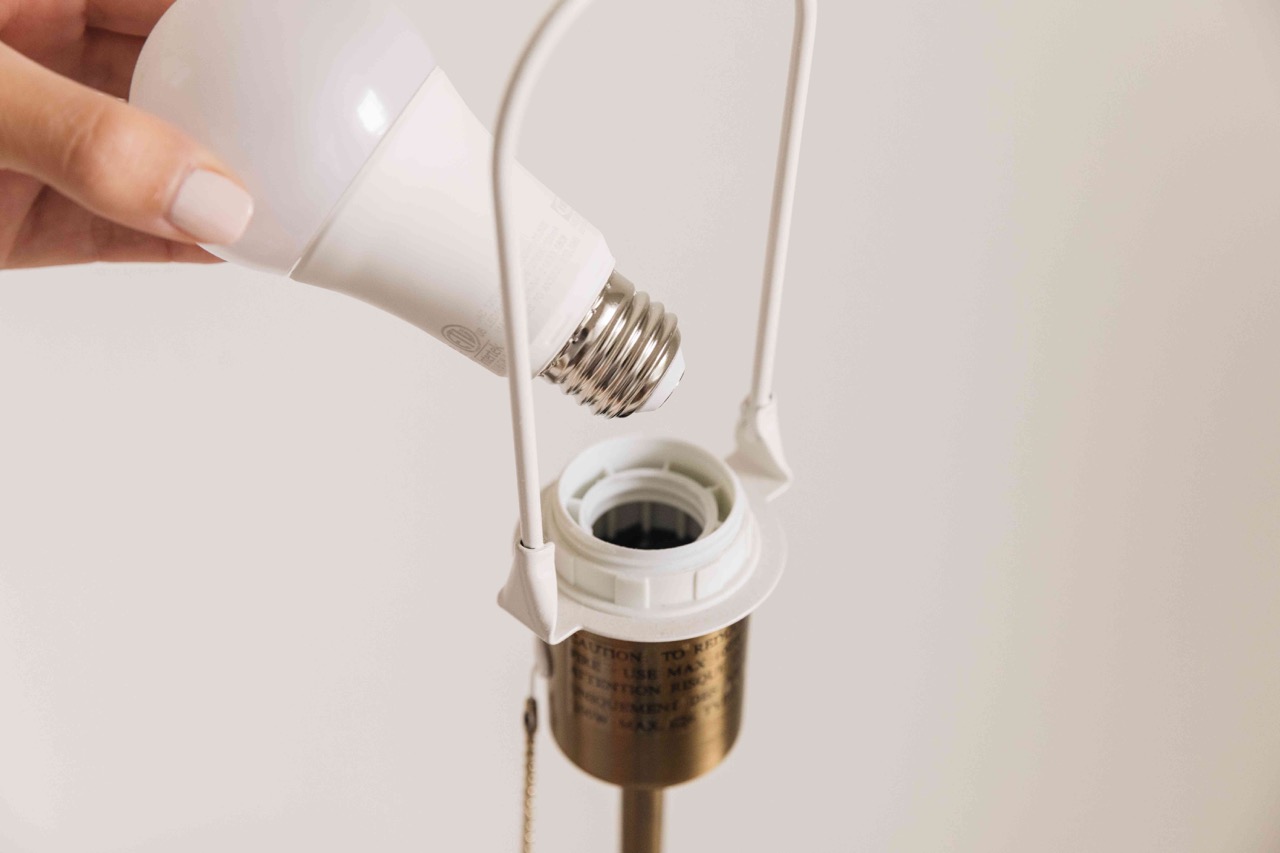

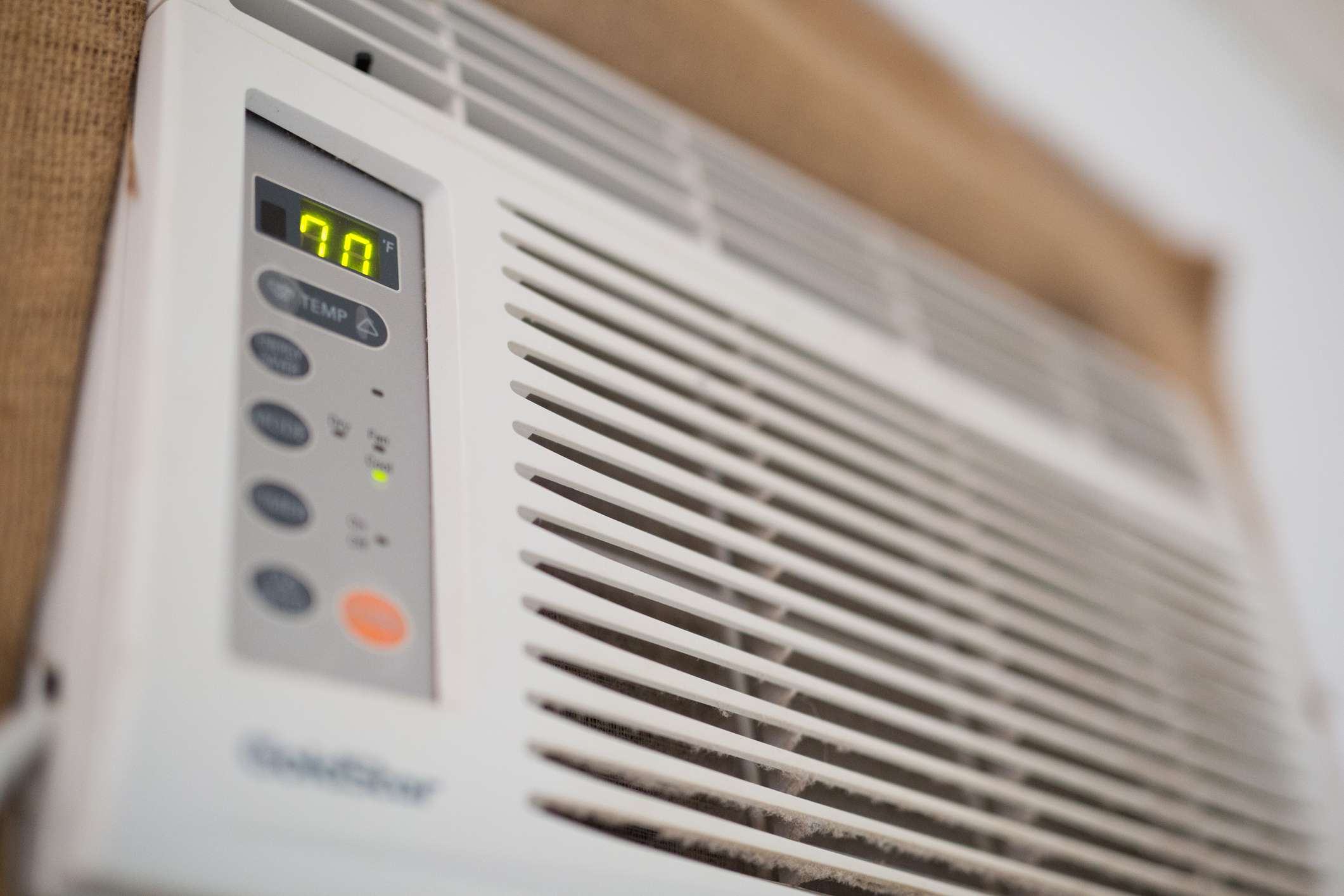


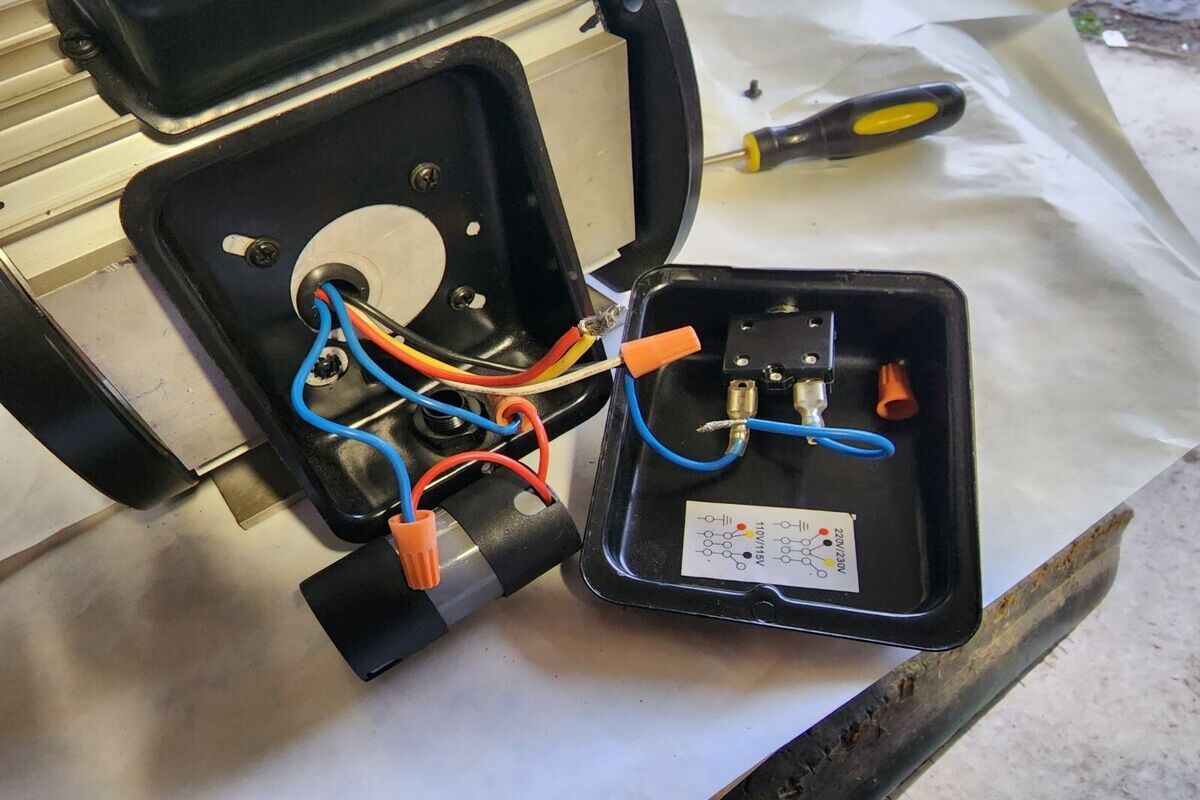
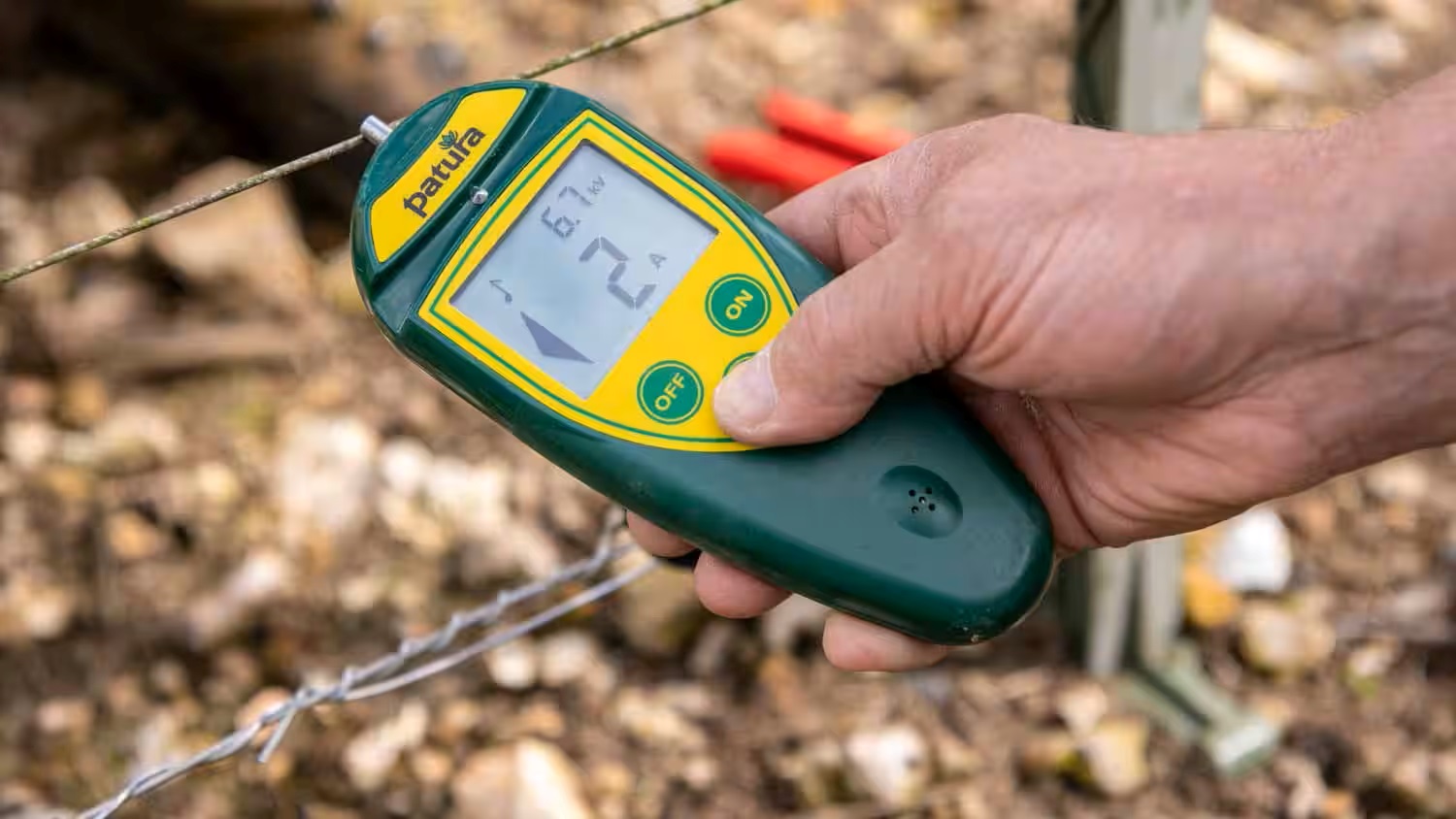
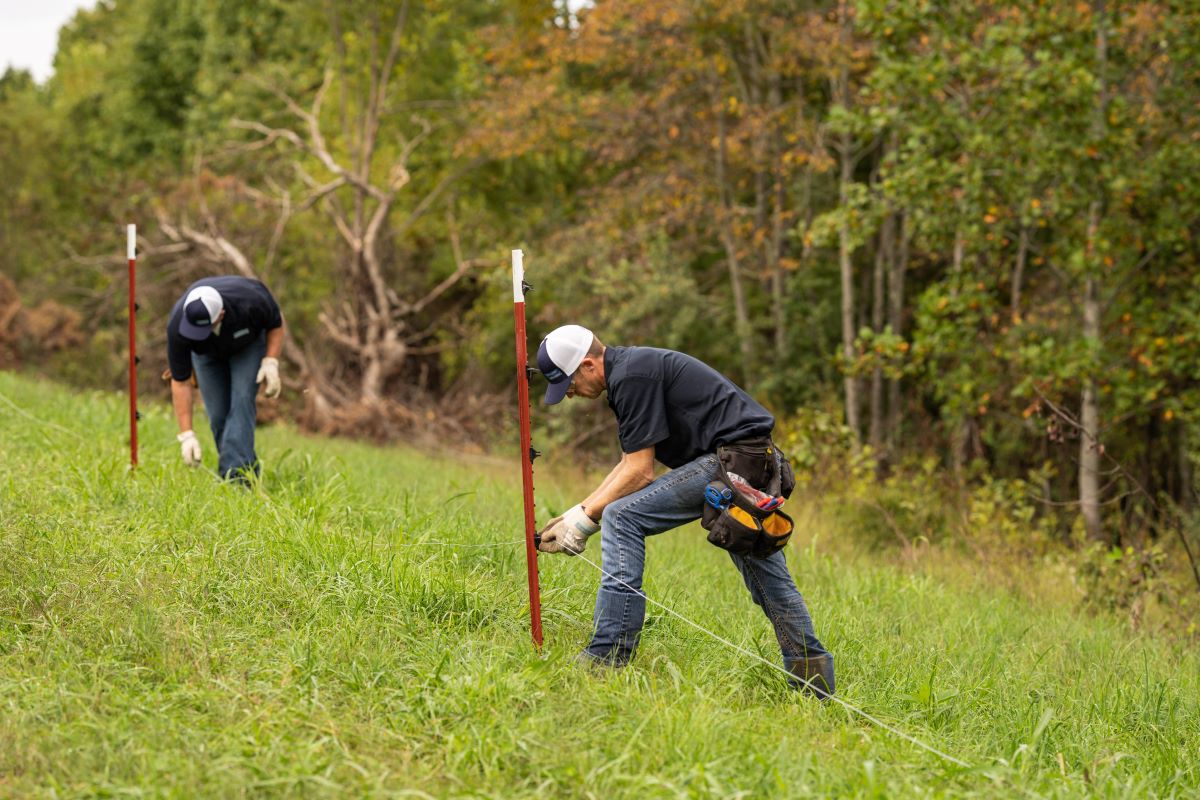

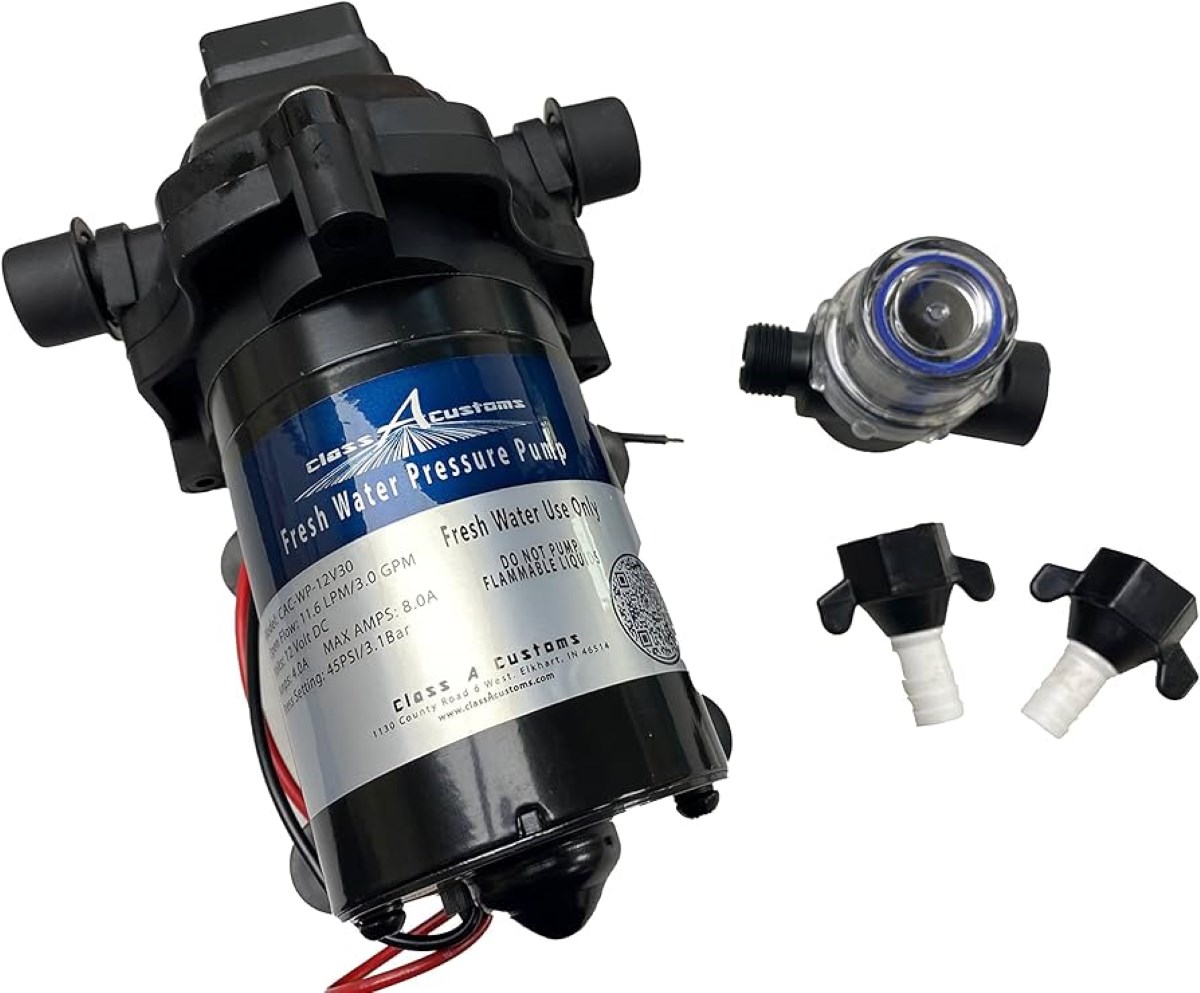
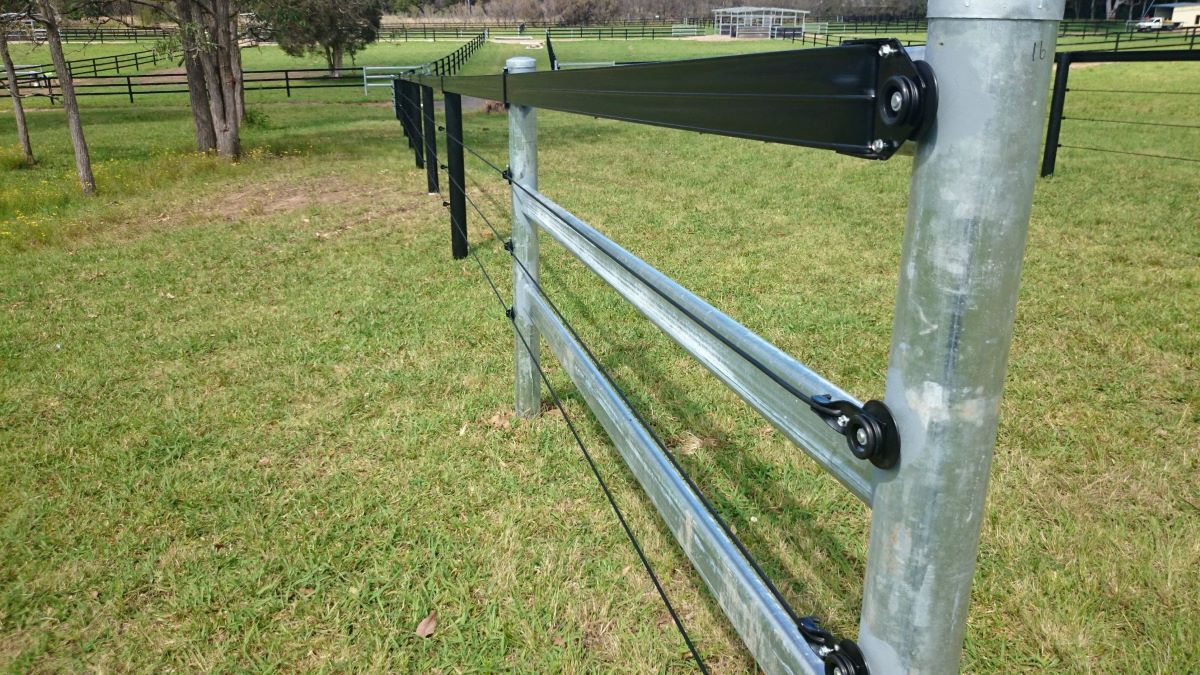

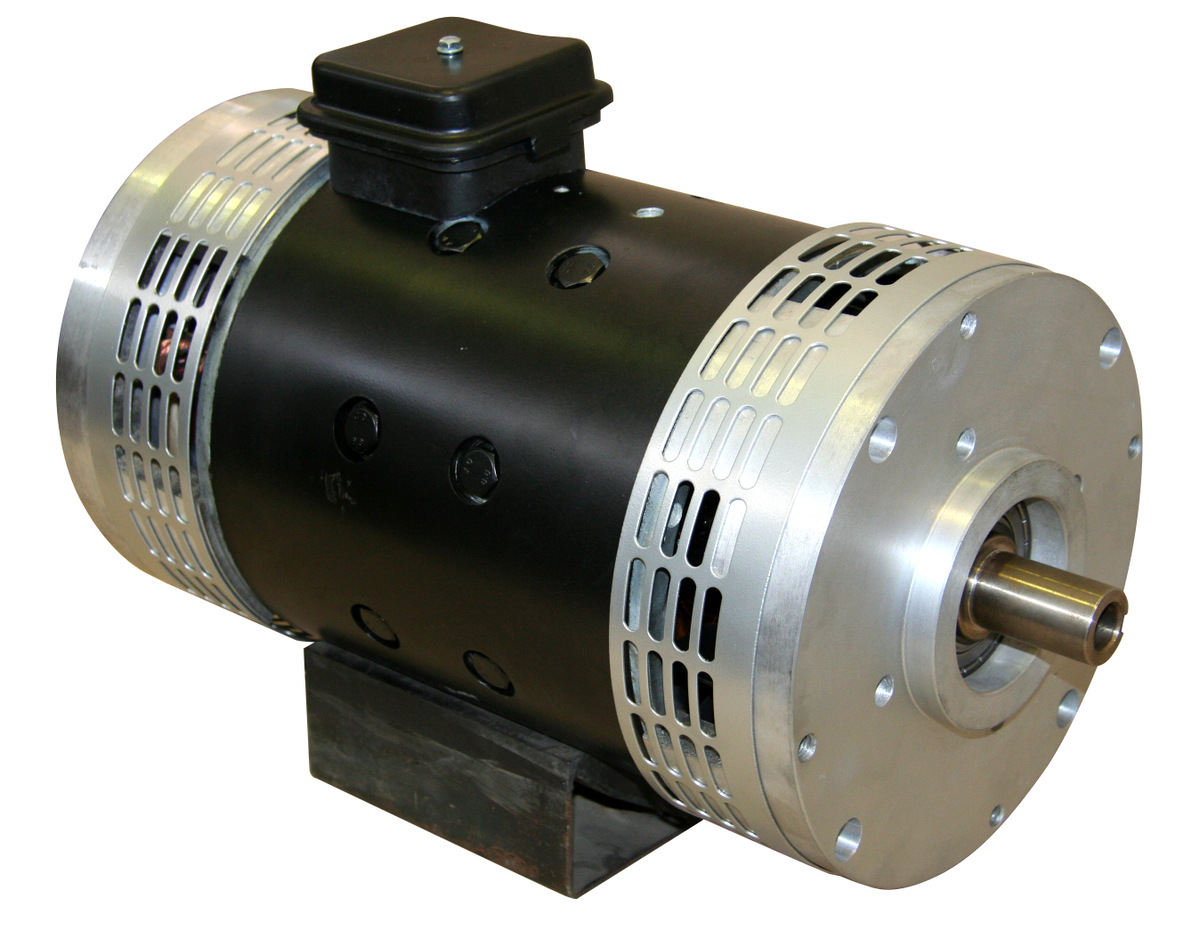

0 thoughts on “How Many Volts Is An Electric Fence”